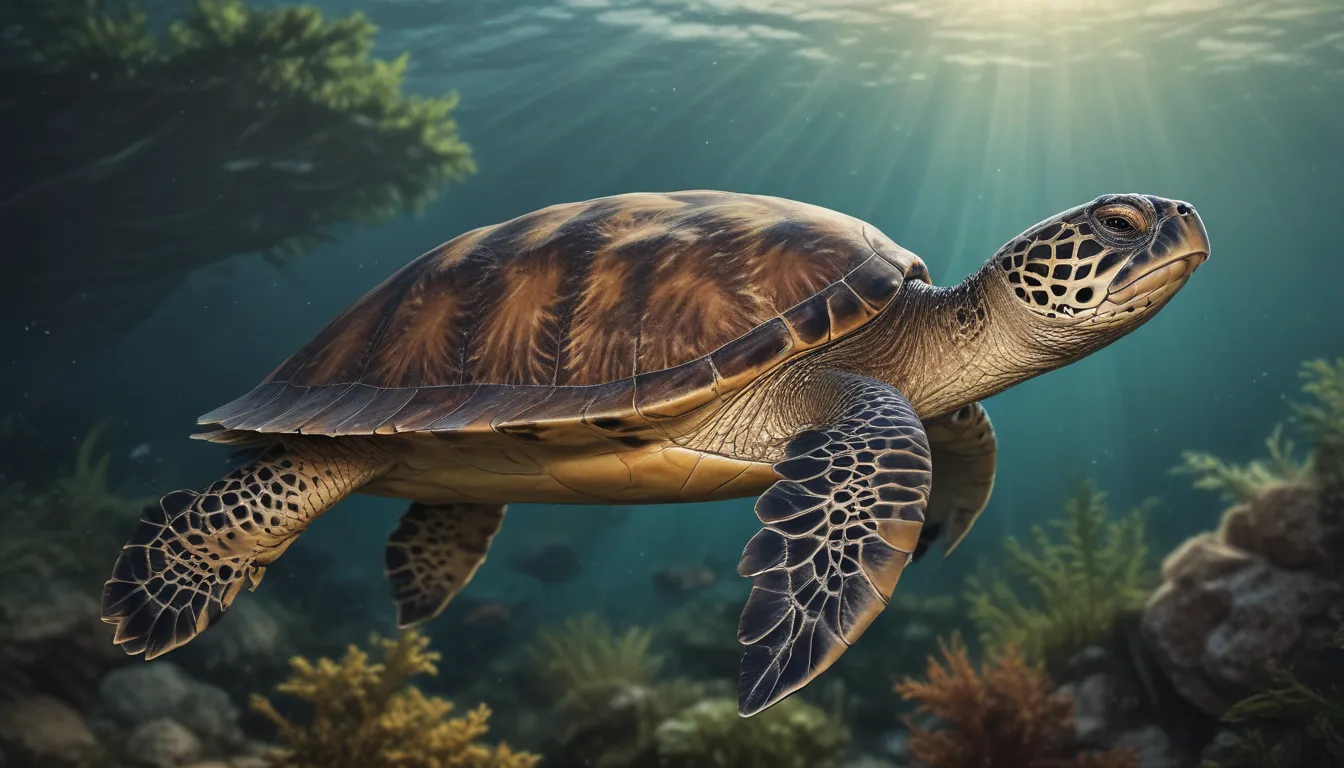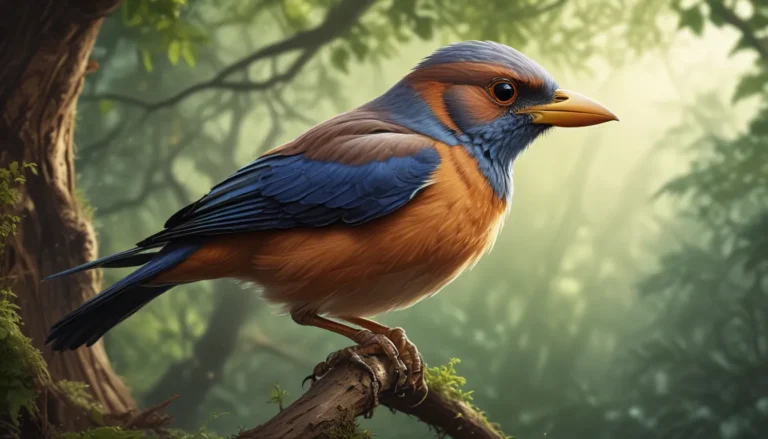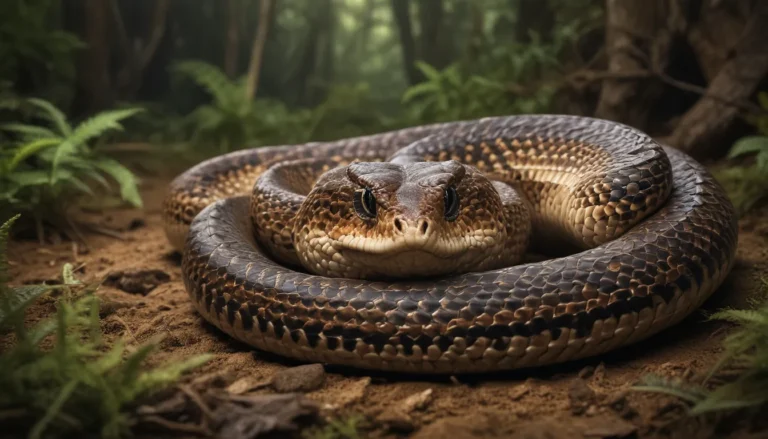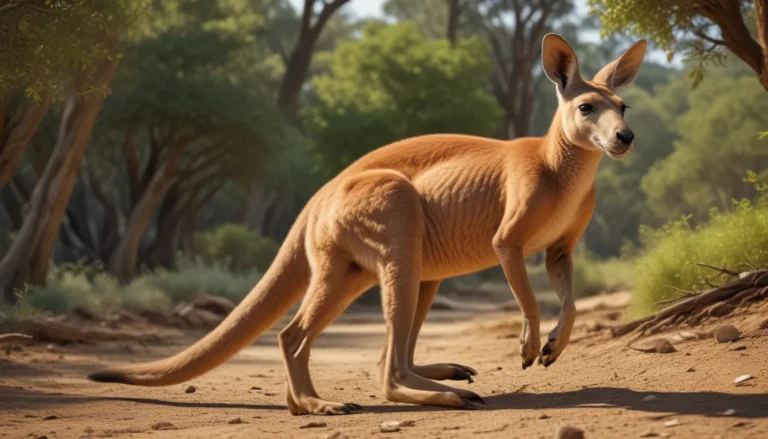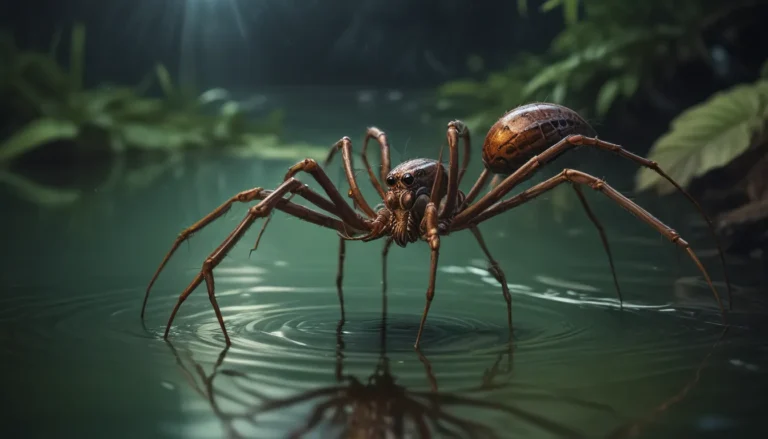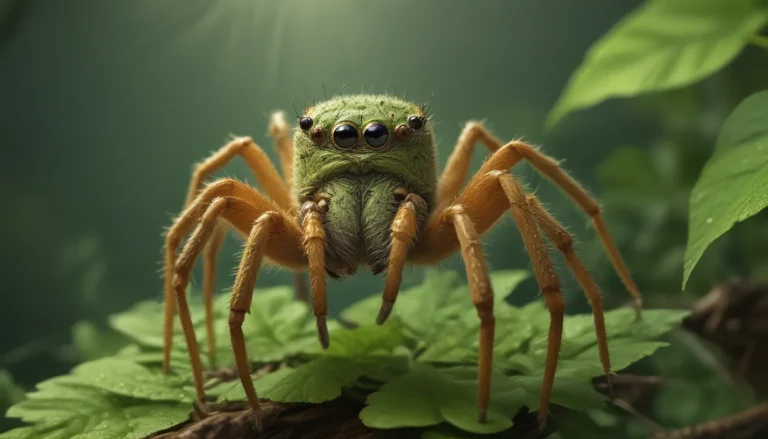The pictures we use in our articles might not show exactly what the words say. We choose these pictures to make you interested in reading more. The pictures work together with the words but don’t take their place. The words still tell you the important facts.
Welcome to the enchanting world of hawksbill turtles, where intriguing facts and extraordinary beauty come together to captivate marine enthusiasts and conservationists alike. Join us on a journey to explore 12 fascinating facts about these remarkable creatures that dwell in the oceans around the globe. From their unique appearance to their critical role in coral reef ecosystems, hawksbill turtles hold a special place in the animal kingdom. Let's delve into the depths of hawksbill turtle knowledge and be inspired by their resilience and grace.
Unveiling the Mysteries of Hawksbill Turtles
Fact 1: Distinctive Appearance
The hawksbill turtle is easily recognizable by its distinct features. One of the most striking aspects of these creatures is their elongated beak-like mouth, reminiscent of a bird's beak. This unique physical characteristic sets them apart from other sea turtle species and adds to their allure.
Fact 2: Endangered Status
Tragically, the hawksbill turtle is classified as critically endangered by the International Union for Conservation of Nature (IUCN). This designation signifies a rapid decline in their population due to threats such as habitat destruction, pollution, and the illegal trade of their beautiful shells. Conservation efforts are crucial to safeguard these magnificent creatures.
Fact 3: Habitat Exploration
Hawksbill turtles can be found in warm tropical waters across the Indian, Pacific, and Atlantic Oceans. They inhabit diverse environments including coral reefs, rocky areas, and shallow coastal regions, showcasing their adaptability and resilience.
Fact 4: Dietary Delights
Primarily carnivorous, hawksbill turtles feast on a menu of sponges, jellyfish, and other invertebrates. By controlling sponge populations, they play a vital role in maintaining the delicate balance of coral reef ecosystems, ensuring the health and diversity of these underwater habitats.
Fact 5: Nesting Wonders
Female hawksbill turtles exhibit remarkable nesting behavior by returning to the beaches where they were born to lay their eggs. Using their front flippers, they meticulously dig nests in the sand and can lay up to 150 eggs in a single clutch, a mesmerizing sight to witness in the natural world.
Fact 6: Lifespan Secrets
The average lifespan of a hawksbill turtle ranges from 30 to 50 years in the wild, with some individuals exceeding 80 years of age. Their longevity adds to the mystique of these ancient marine creatures and underscores the importance of conservation efforts to protect their existence.
Fact 7: Masterful Migration
Hawksbill turtles are renowned for their impressive migratory abilities, embarking on long journeys spanning thousands of miles in search of food and nesting grounds. Their navigational prowess and resilience in the face of challenging oceanic conditions are testaments to their survival instincts.
Fact 8: Coral Reef Champions
These majestic turtles serve as guardians of coral reefs, vital ecosystems teeming with life and biodiversity. By consuming sponges, hawksbill turtles prevent them from overgrowing and outcompeting coral, enabling the reefs to flourish and thrive in harmony.
Fact 9: Shell Elegance and Trade Threats
The exquisite shells of hawksbill turtles, often referred to as "tortoiseshell," are highly coveted in the illegal trade market, posing a significant threat to their population. Conservation efforts are essential to combat this illegal trade and protect these iconic creatures from exploitation.
Fact 10: Conservation Crusaders
Numerous conservation organizations and initiatives are dedicated to safeguarding hawksbill turtles through research, habitat preservation, and raising awareness of their importance in marine ecosystems. Collaboration and commitment are essential to ensuring a brighter future for these endangered marine reptiles.
Fact 11: Natural Predators and Perils
Despite their formidable appearance, hawksbill turtles face natural predators such as sharks, crocodiles, and octopuses, especially during their vulnerable early stages of life. Understanding the threats these turtles encounter in the wild is crucial for implementing effective conservation strategies.
Fact 12: Cultural Reverence
Hawksbill turtles hold profound cultural significance in many societies worldwide, symbolizing wisdom, longevity, and the intrinsic beauty of the ocean. Their presence in folklore and traditions underscores the deep connection between humans and these majestic marine creatures.
Embracing the Wonders of Hawksbill Turtles
12 Facts About Hawksbill Turtle offer a captivating glimpse into the extraordinary world of these iconic marine species. From their unparalleled beauty to their indispensable role in marine ecosystems, hawksbill turtles inspire awe and admiration. As we navigate the challenges they face in the wild, let us unite in our commitment to protect and preserve these magnificent creatures for future generations to cherish and enjoy.
The Bright Future of Hawksbill Turtles
In conclusion, hawksbill turtles are not simply creatures of the sea; they are ambassadors of the ocean's health and vitality. Their decline serves as a poignant reminder of the urgent need for conservation action and enhanced protection measures against illegal trade and habitat destruction. Let us join hands in a shared mission to safeguard the endangered hawksbill turtles and the fragile ecosystems they inhabit, ensuring a sustainable future for all.
FAQs: Exploring Curious Queries about Hawksbill Turtles
Q: How long do hawksbill turtles live?
A: Hawksbill turtles have an average lifespan of 30 to 50 years, with some individuals living over 80 years.
Q: What do hawksbill turtles eat?
A: Hawksbill turtles primarily consume sponges, jellyfish, and other invertebrates, contributing to the balance of coral reef ecosystems.
Q: Why are hawksbill turtles endangered?
A: Hawksbill turtles face threats such as habitat loss, poaching for shells, pollution, and climate change impacts on nesting sites and food sources.
Q: Where do hawksbill turtles nest?
A: Hawksbill turtles typically nest on sandy beaches in tropical and subtropical regions, returning to the same sites annually.
Q: How many eggs do hawksbill turtles lay?
A: Hawksbill turtles lay around 140 to 160 eggs per clutch and may nest multiple times within a nesting season.
Q: Can hawksbill turtles retract into their shells?
A: Unlike some turtle species, hawksbill turtles cannot retract their heads and limbs into their shells, relying on their shell's protective properties.
Exploring the Mysteries of Hawksbill Turtles Together
Embark on a journey of discovery as you unravel the mysteries and marvels of hawksbill turtles, guardians of the ocean's treasures. Their resilience, grace, and cultural significance illuminate the profound connection between humanity and the marine world. Let us embrace the wonder of these majestic creatures and commit to their conservation and preservation for a brighter, sustainable future. Join us in celebrating the enchanting world of hawksbill turtles, where every fact reveals a new chapter in their enduring story of survival and splendor.
